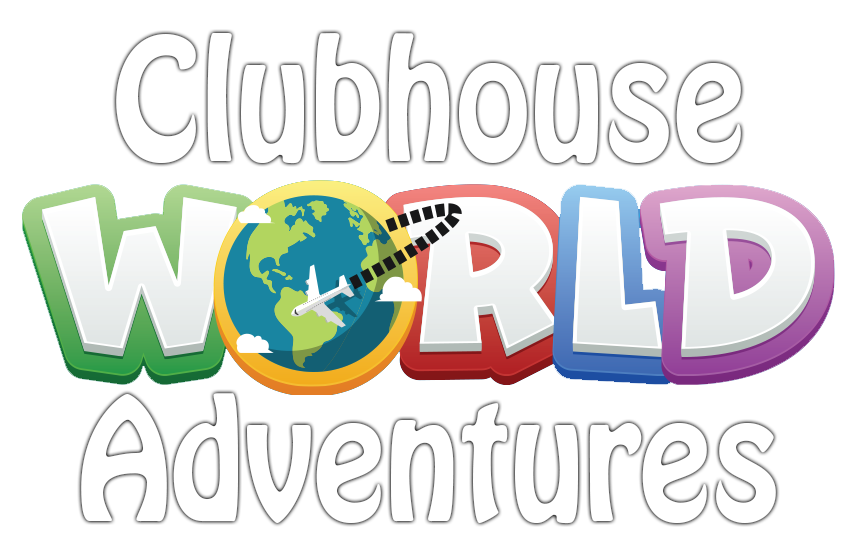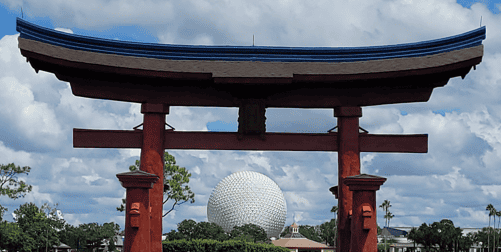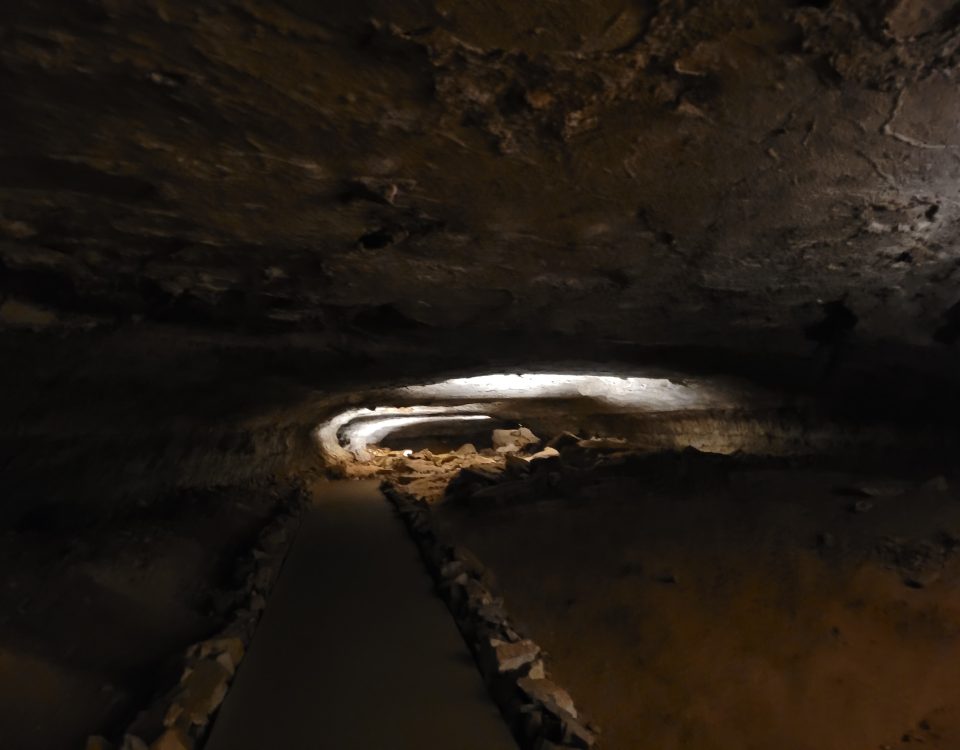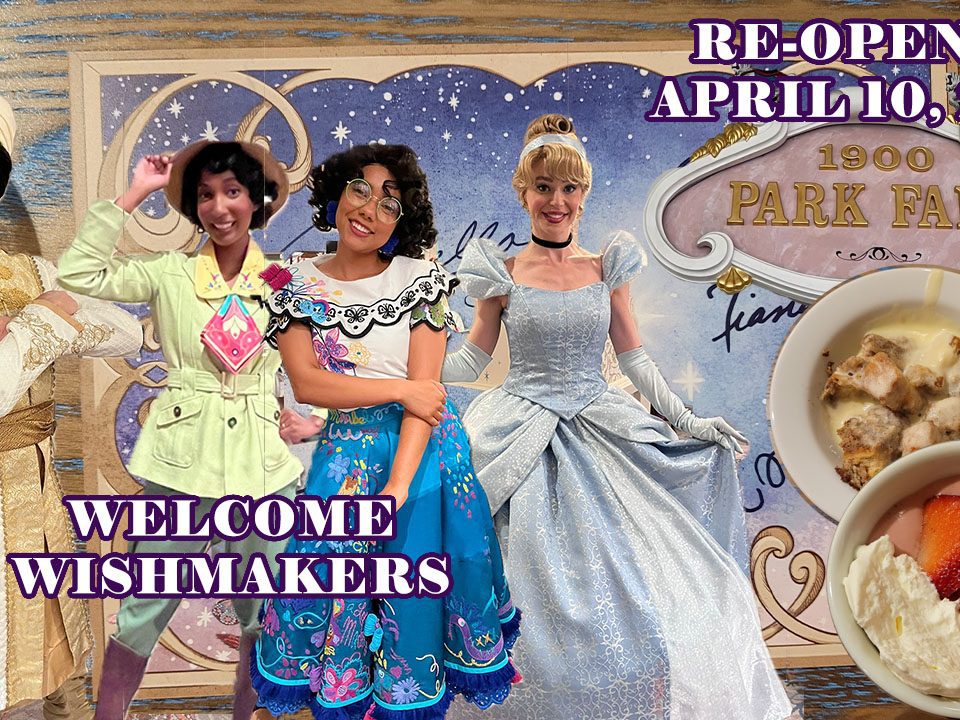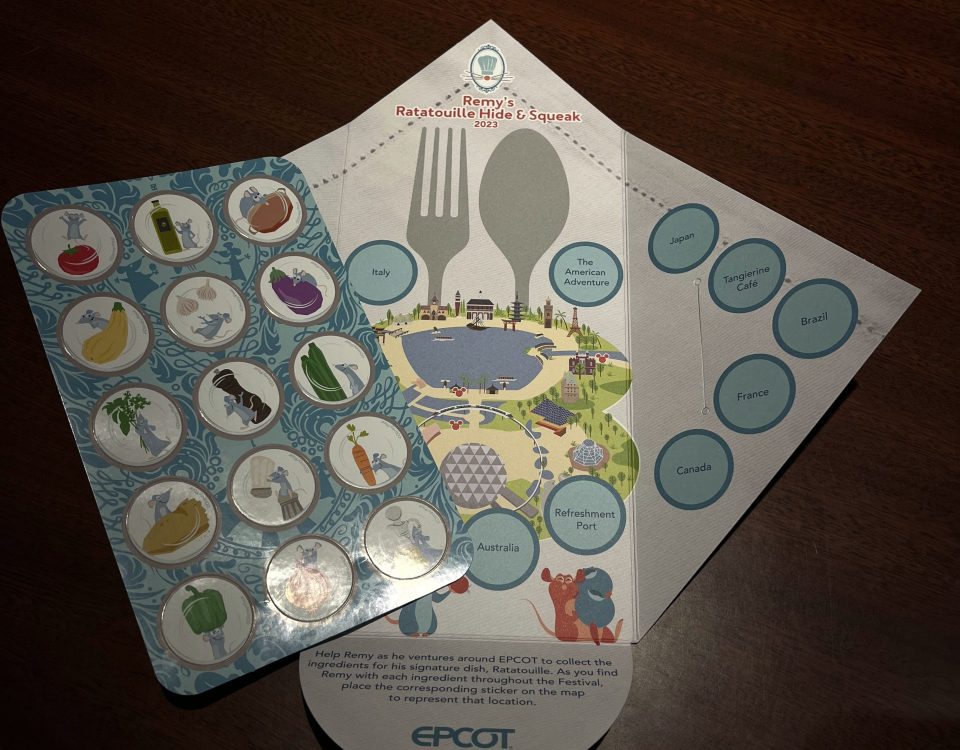
Electric Ocean at SeaWorld
July 7, 2022
Hot Dog Heaven
July 21, 2022SeaWorld Behind the Scenes Manatee Rescue Tour
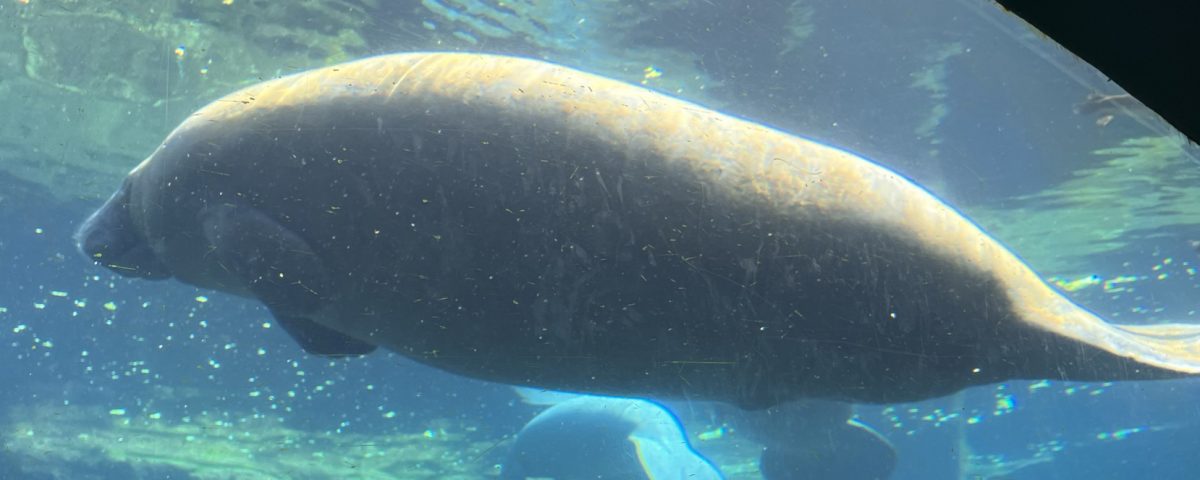
I was given the great fortune of being able to go behind the scenes at SeaWorld Orlando to tour the Manatee Rescue area. We have all seen commercials, news articles, and signs (Like the one next to Turtle Trek at SeaWorld Orlando) telling us how SeaWorld Company helps many animals in need.
To be able to see these majestic animals up close and see how the trained SeaWorld employees are helping them get on the road to recovery and back in the wild is definitely an experience. Our tour really started next to Turtle Trek. There is a large wall size sign of ‘Year To Date Animal Rescues” showing the number of Manatee, Sea Turtles and Bird SeaWorld Orlando has helped so far this year.
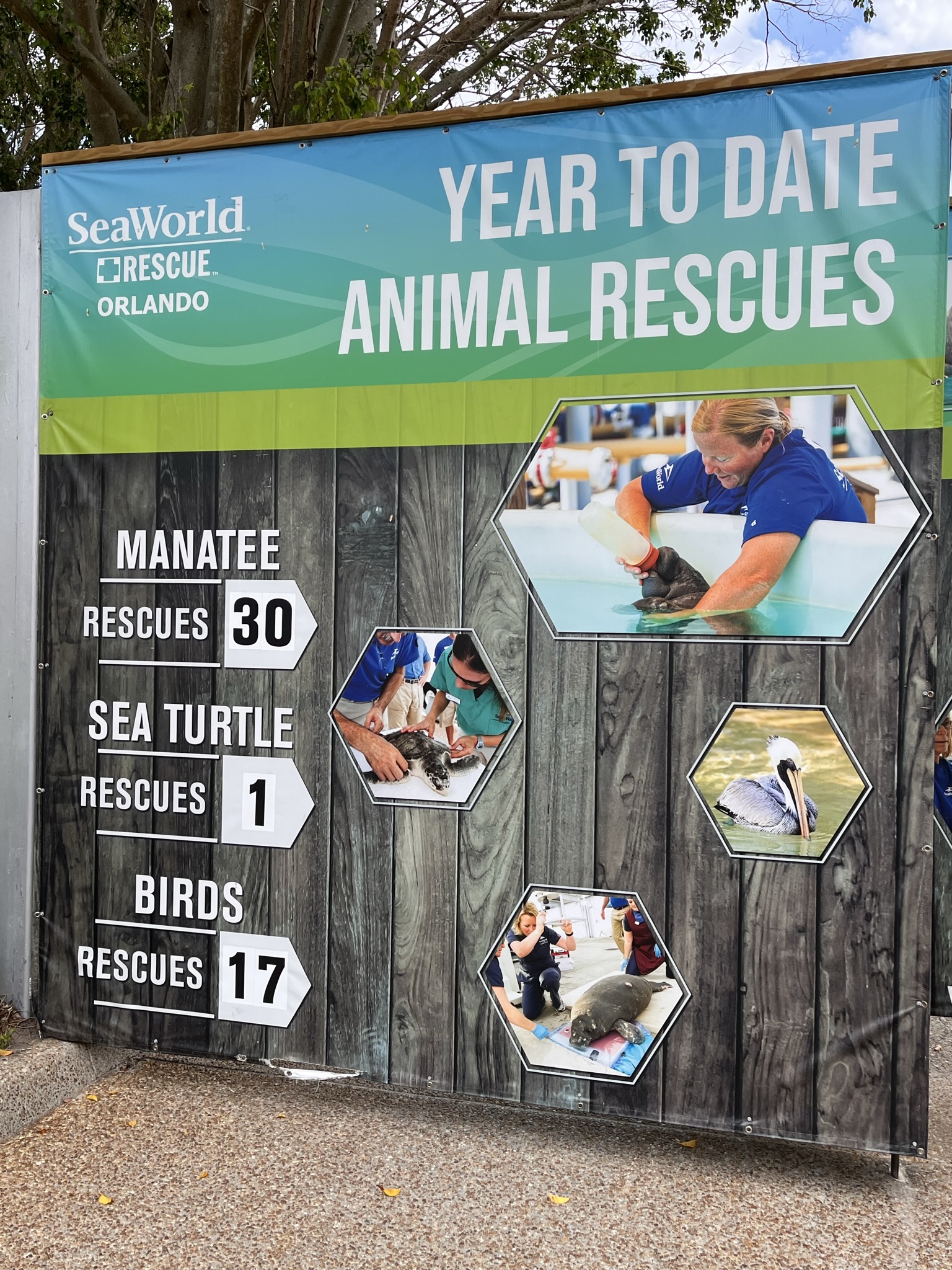
First Stop on the tour at the Year to Date Sign. The Tour guide talks to you about the facilities here at SeaWorld Orlando. Behind her is the rescue truck and stretcher on how they transport the Manatees to the facility. Next to that is three holding tanks, within all the holding tanks at the facility SeaWorld Orlando has the ability to care for 50 manatees at one time making it one of the largest Manatees Rescue centers in Florida. The main reasons for manatees needing to come to the Rescue Center is due to malnutrition and “cold stress”. Another reason would be from being injury from boating and fishing line accidents. A healthy manatee weighs roughly 2,000lbs and prefers waters at 68 degrees
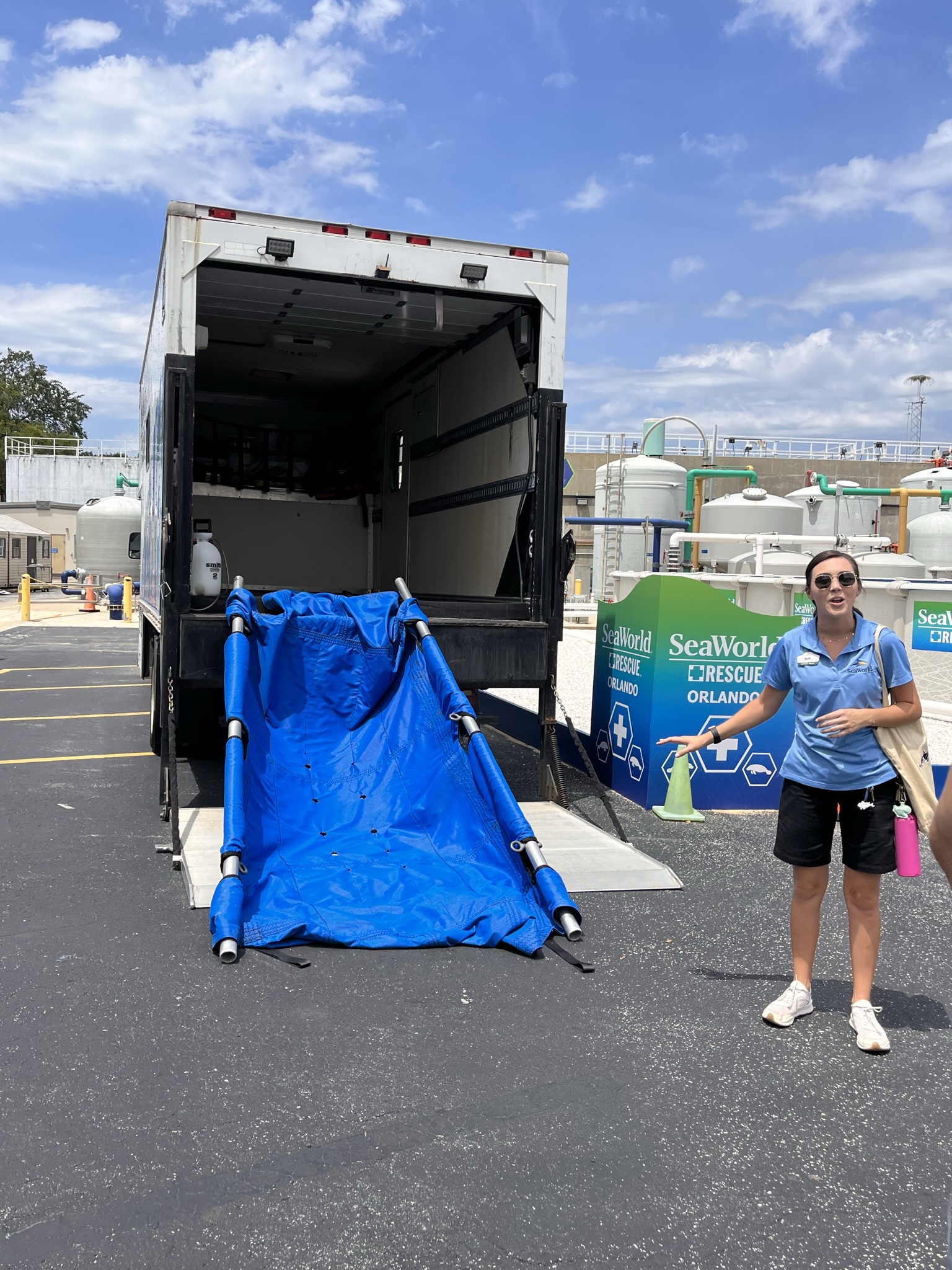
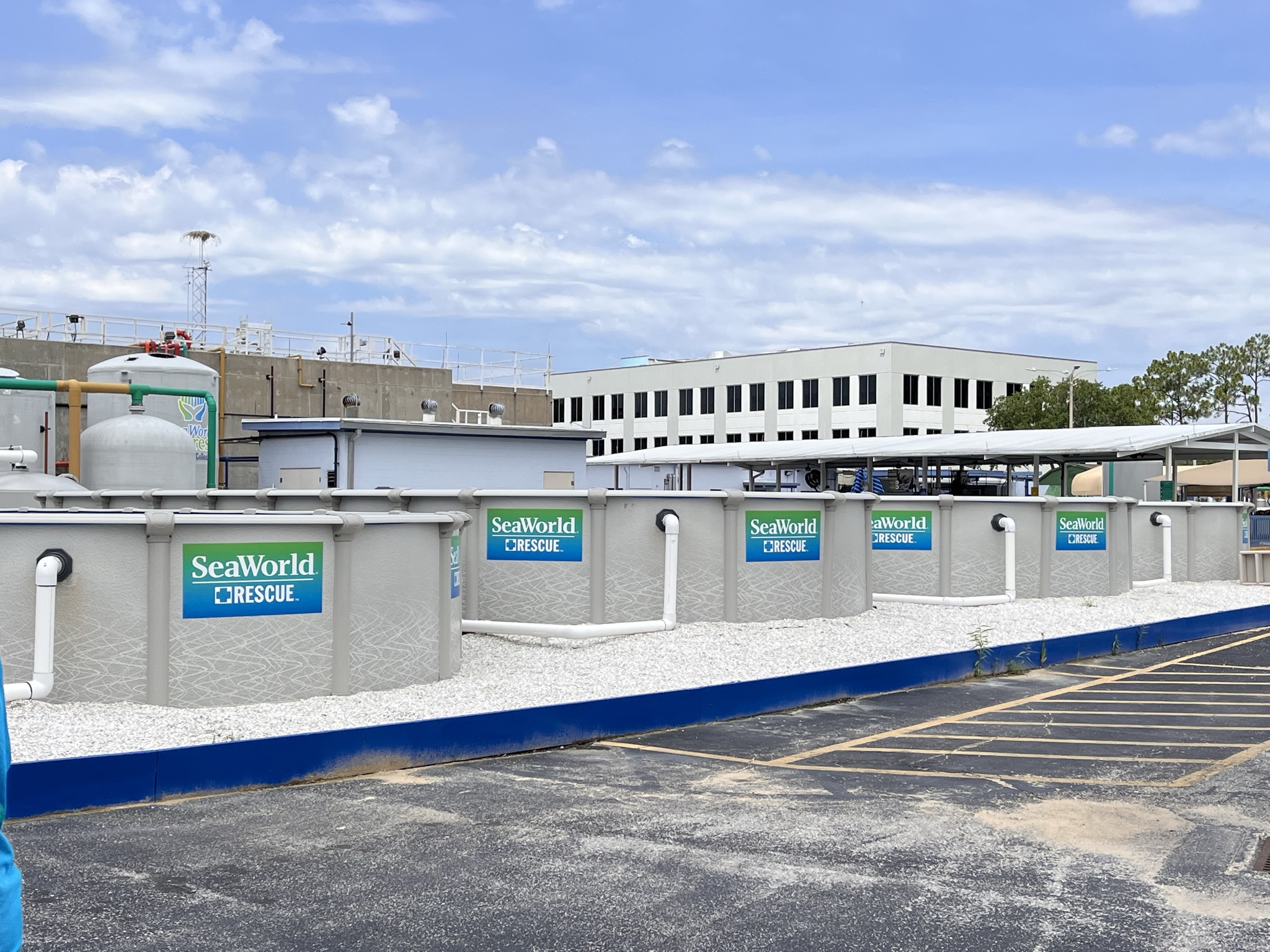
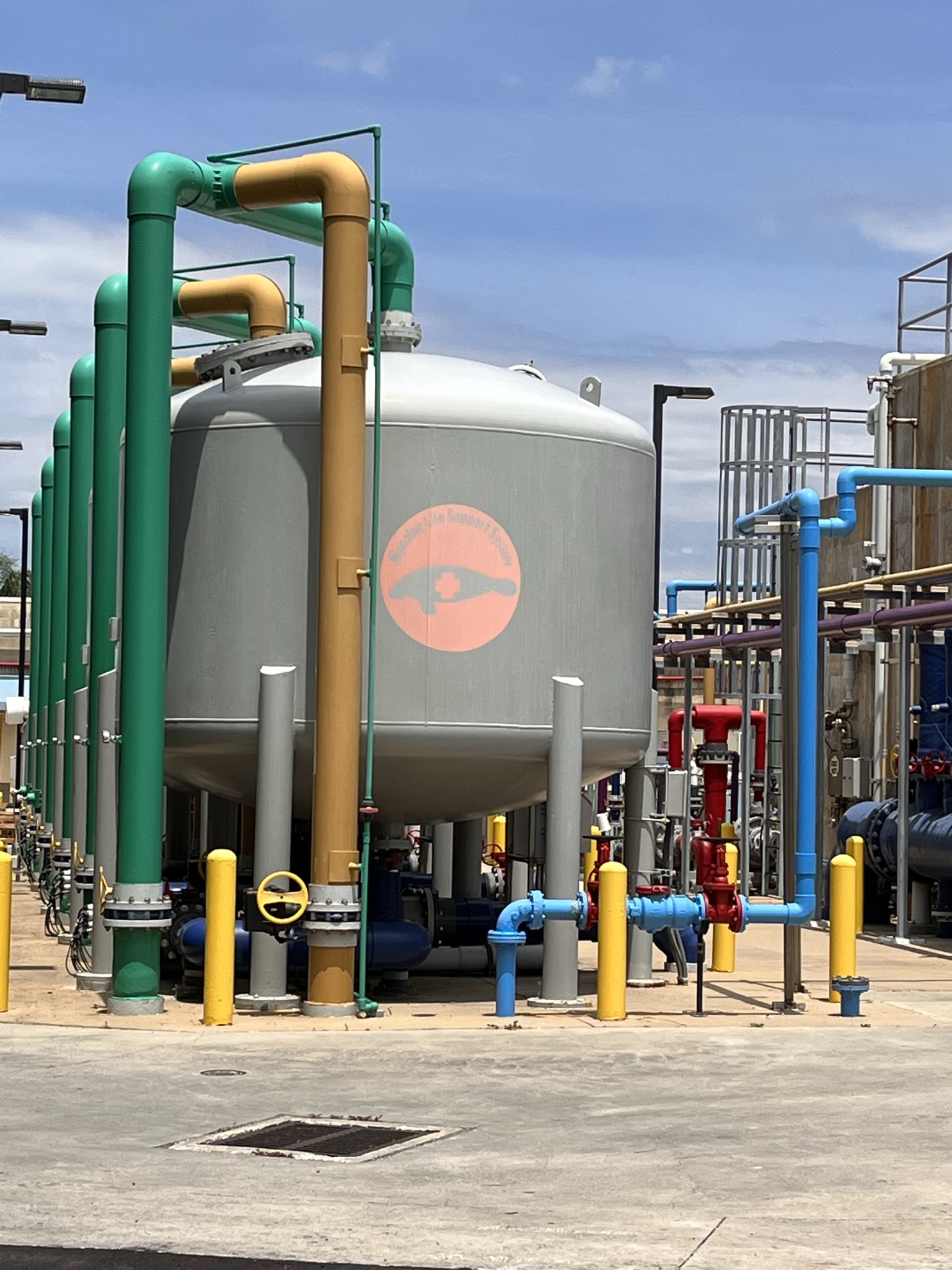
There are two main tanks the Medical Pool and Graduation Pool. The Medical Pool is a shallow brighter pool, which makes it easier for the SeaWorld medical staff to be able to monitor and care for the manatees. The deeper pool is call the Graduation Pool; it is deeper and darker which reflects more of what it would be like in nature. While staying at the Rescue Facility the adult manatees eat 300lbs of lettuce and spinach a day. SeaWorld Orlando works closely with Florida Fish and Wildlife to decide when and where a manatee can be release into the wild.
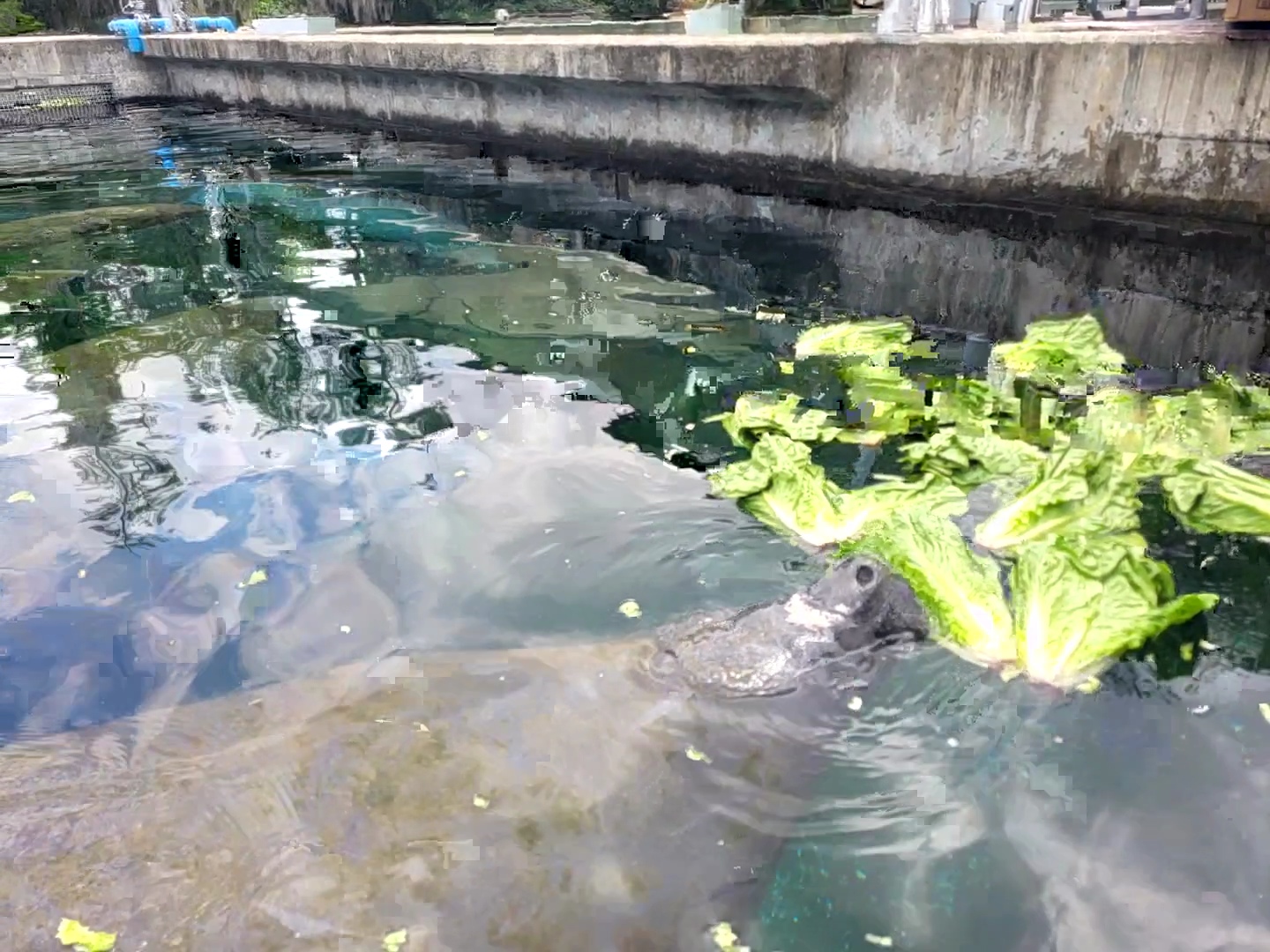
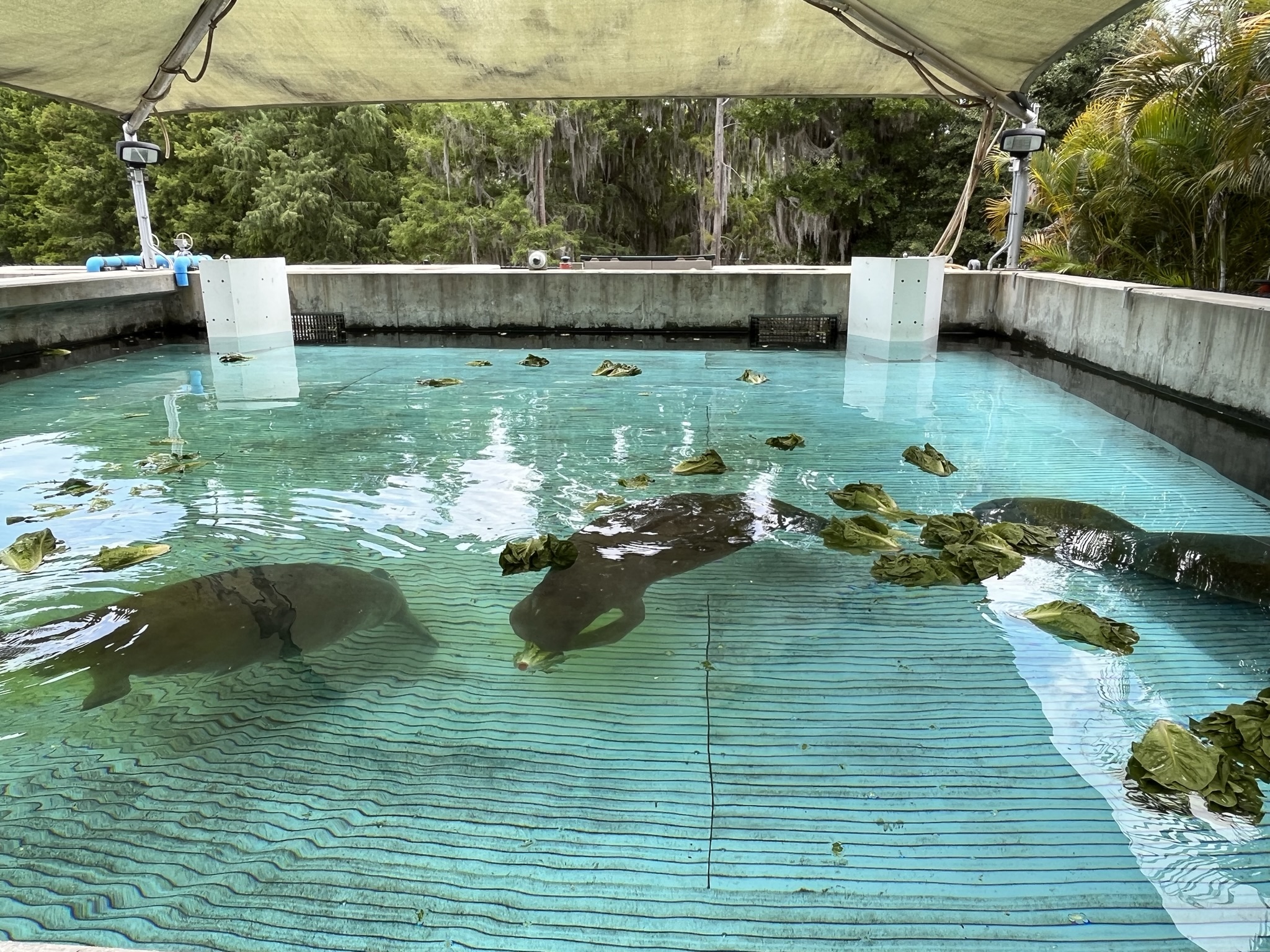
When calves are brought to the Rescue Facility, they are usually without an adult and very malnourished. SeaWorld has developed a special manatee formula made of Hypoallergenic baby formula, macadamia nut oil and honey which they are bottled fed until they reach the targeted weight of 600lbs then they are weaned onto solid foods. Calves are released back to the wild when they are at least 600lbs and a minimum of three years old. If two calves come in at the same time (or close to it) they will bond together in pairs. When this happens, the manatees will be released into the wild together.
While staying a SeaWorld Orlando you can find manatee calves in the nursery pool located next to the manatee exhibit. You will also notice a 3,000lbs manatee named Sarah there as well. Sarah has become the surrogate mother for many manatee calves that has come to SeaWorld. She takes care of them, teaches the young calves and on occasion has even allowed the calves to nurse (even though she doesn’t produce any milk). Currently there are five calves at SeaWorld Orlando, Morel and Mable, MaryKate and Ashley, and Chili Cheese. Make sure you stop on by to see them and say hello to Sarah.
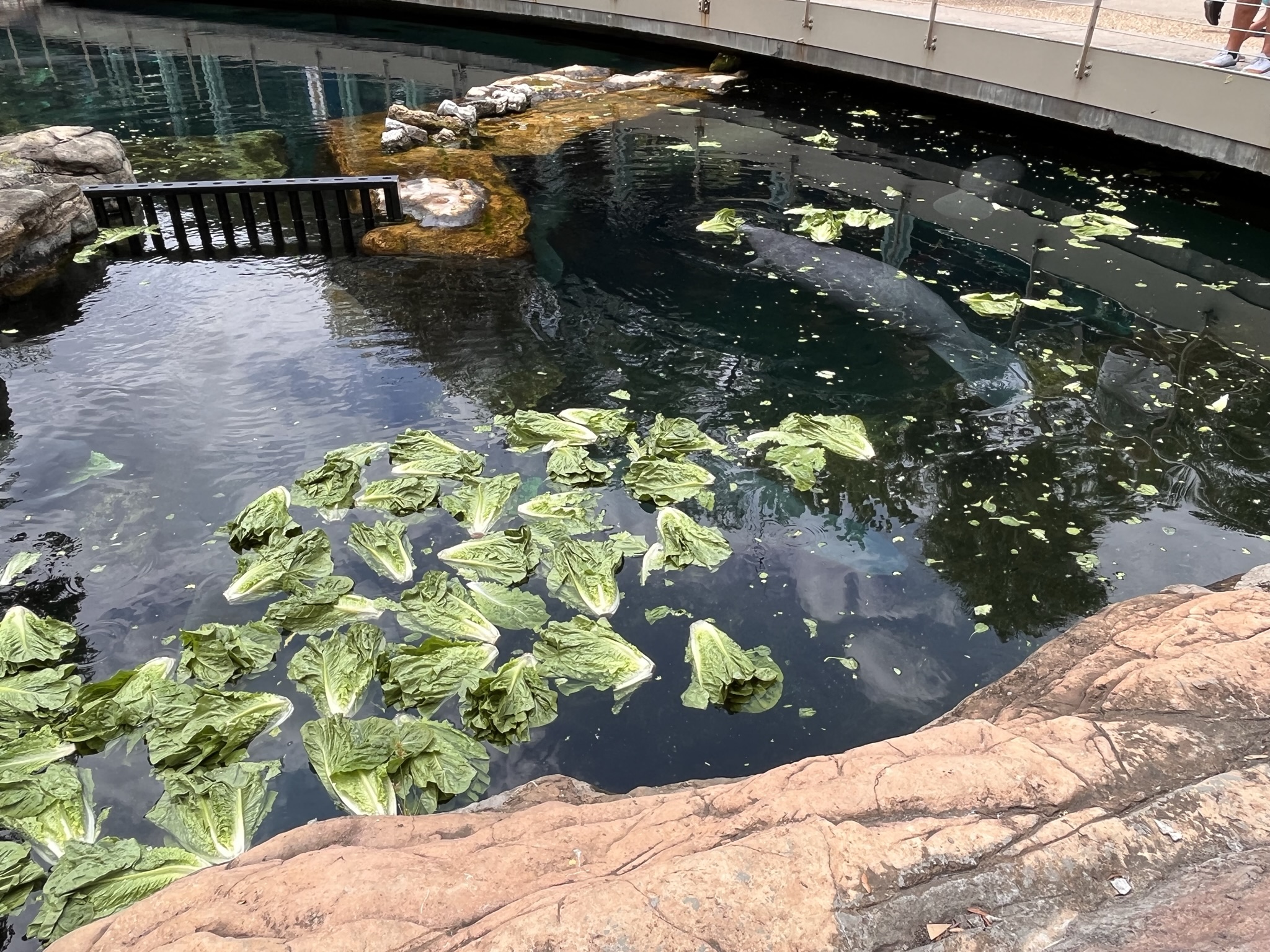
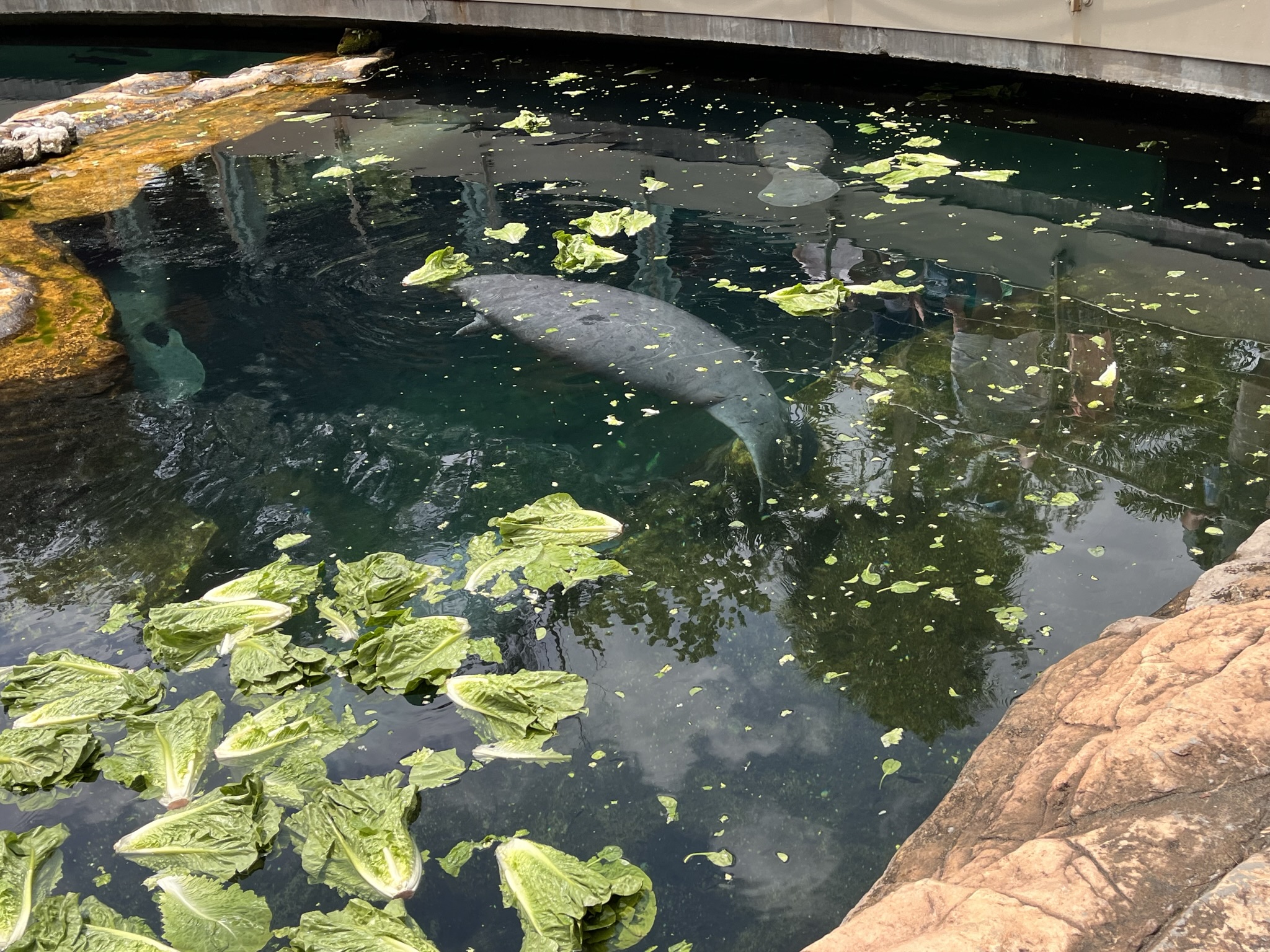
During this tour, I learned so much about manatees and the efforts SeaWorld is doing to take care and protect these amazing animals. If you want to see these beautiful animals at SeaWorld head over to Turtle Trek. If you want to learn more about manatees attend one of the Keeper Talk in the Manatee Rehabilitation Area (check the Today’s Schedule for event times). If you are interested in learning more about the rescue efforts of SeaWorld Orlando I would highly recommend taking the SeaWorld Rescue Tour. SeaWorld Orlando has so much more to offer then just roller coasters and fish tanks, make sure you take advantage of all SeaWorld Orlando has to offer.
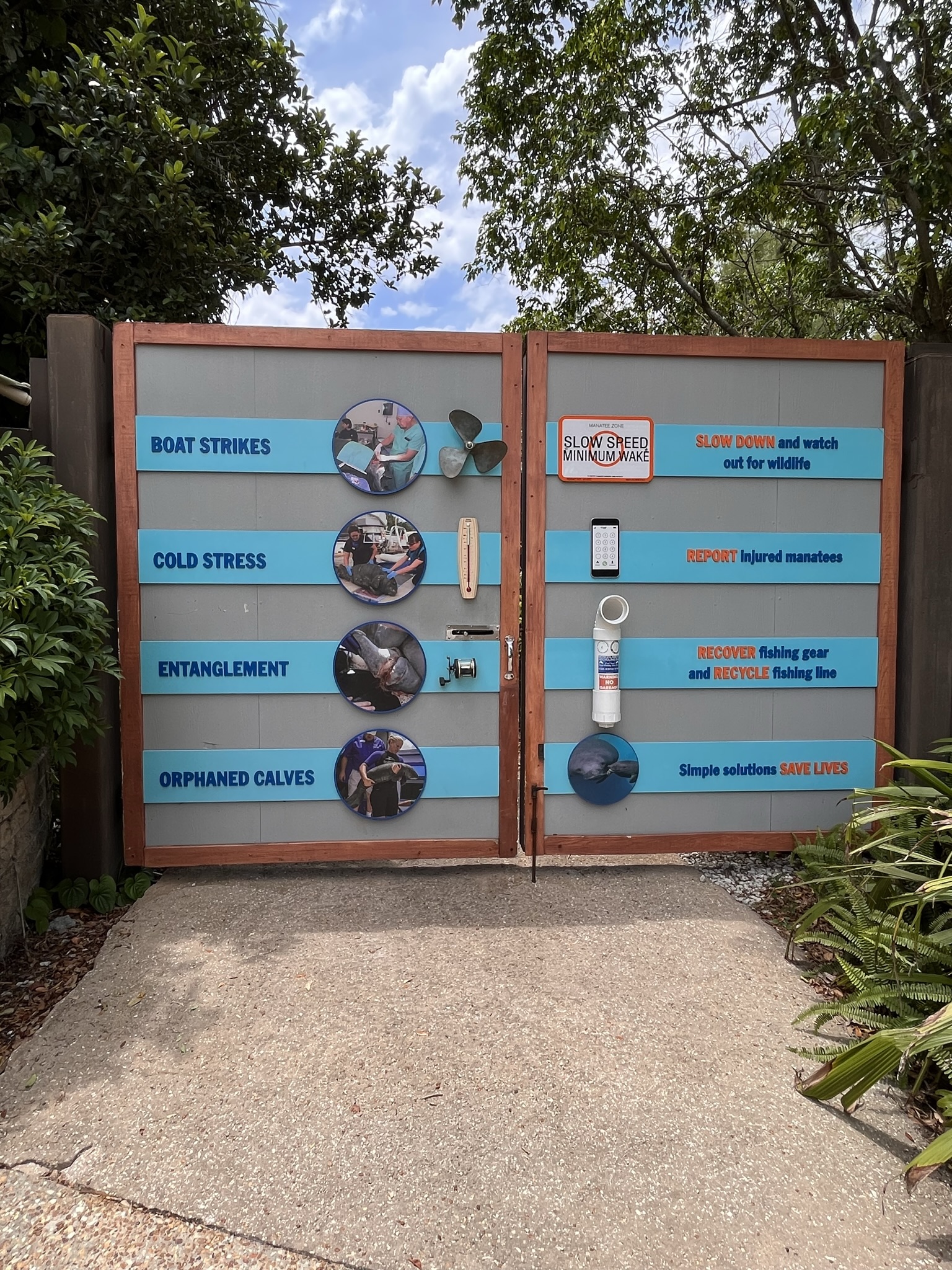
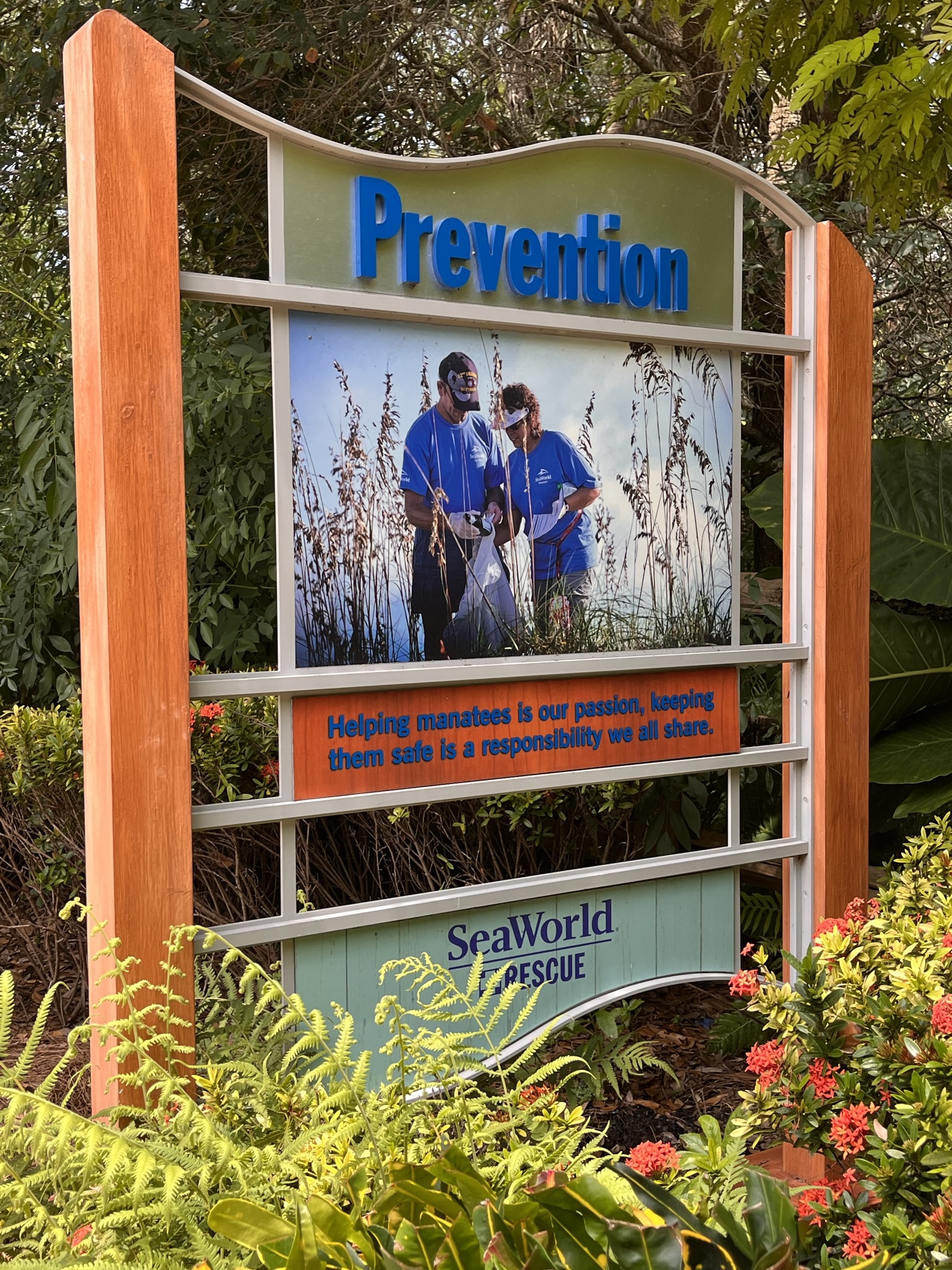
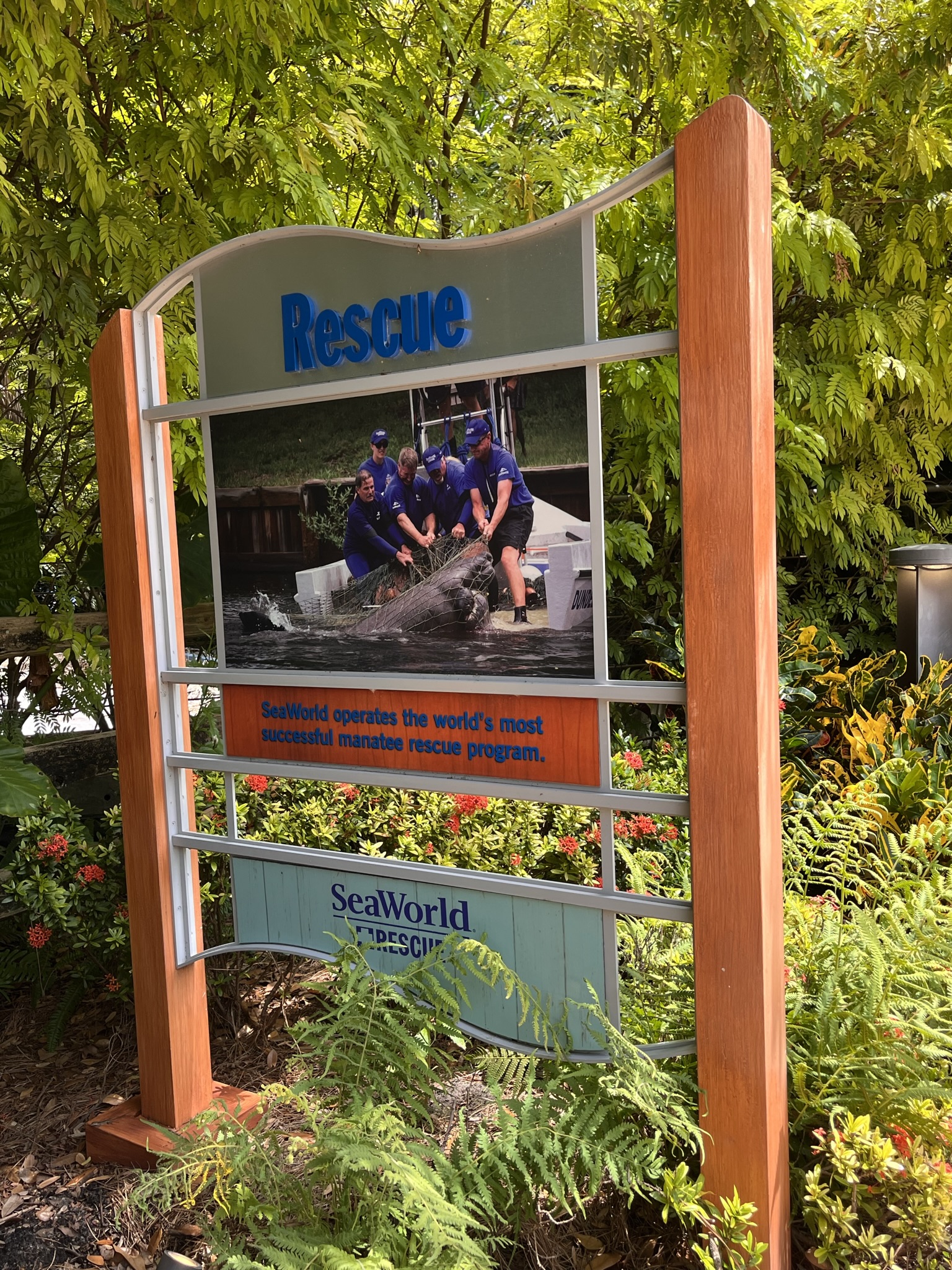
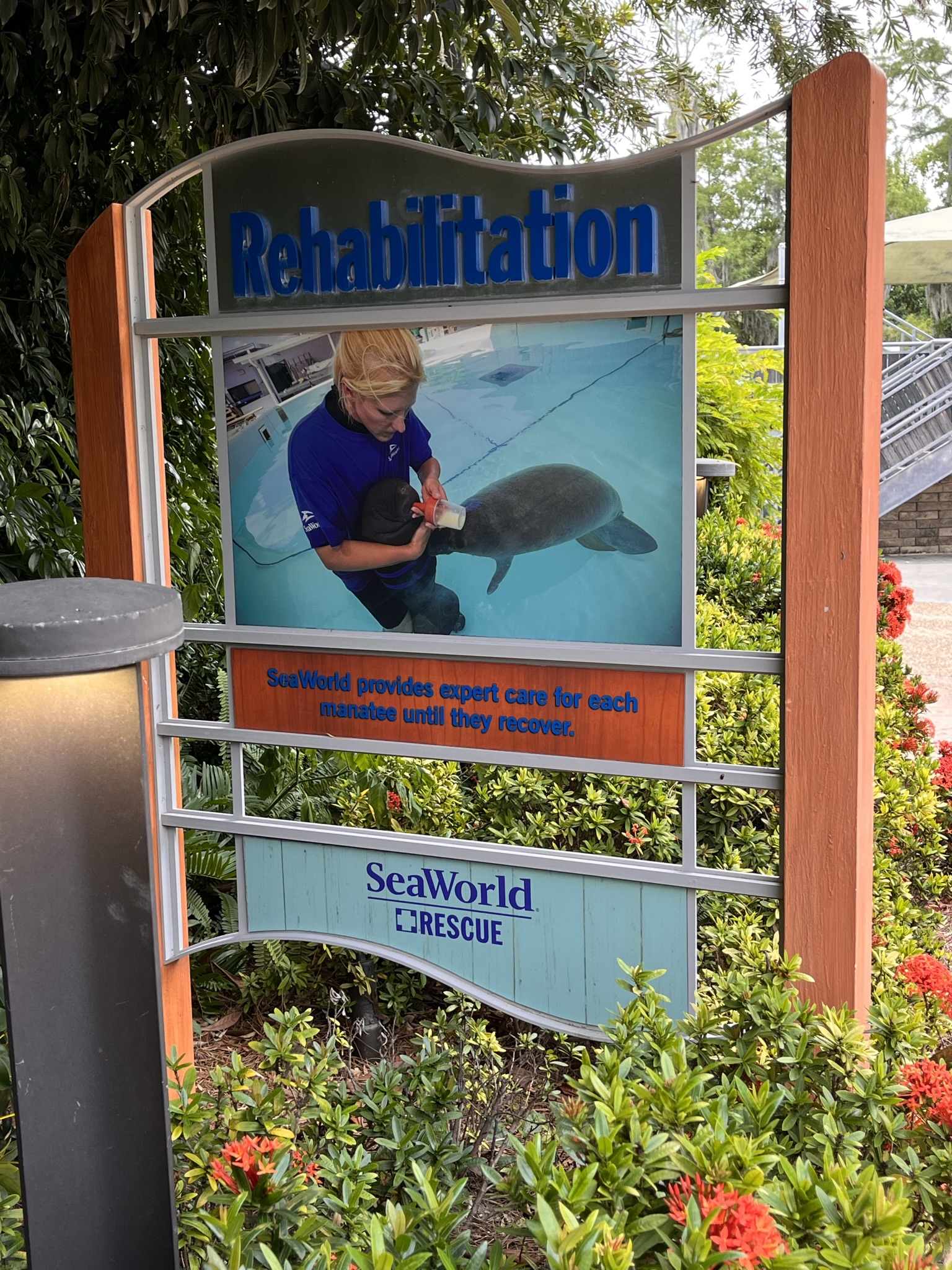
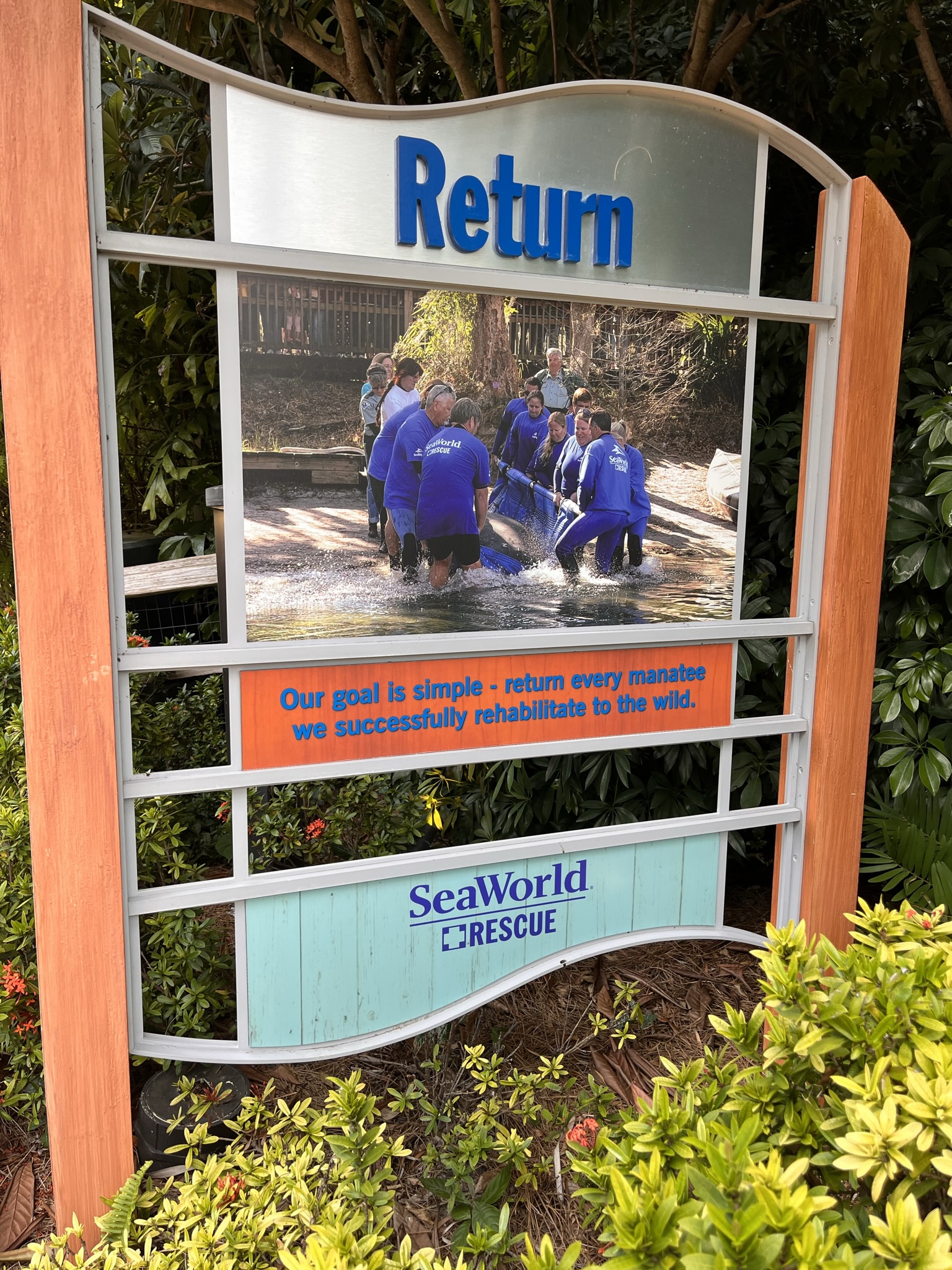
- Sesame Street Land 5th Birthday Celebrationat SeaWorld Orlando - February 2, 2024
- Remy’s Ratatouille Hide & Squeak – Epcot International Food and Wine Festival 2023 - October 15, 2023
- The One of a Kind Pickle Milkshake - August 25, 2023
